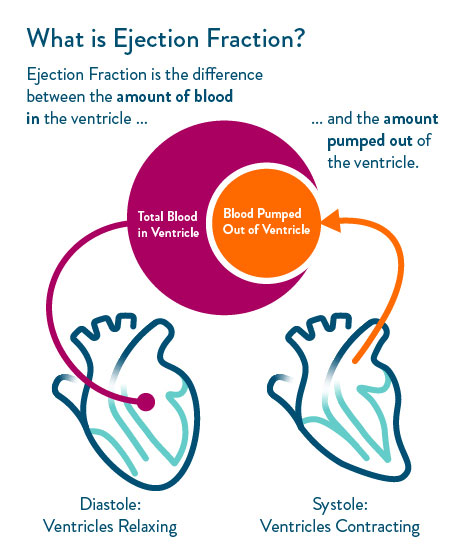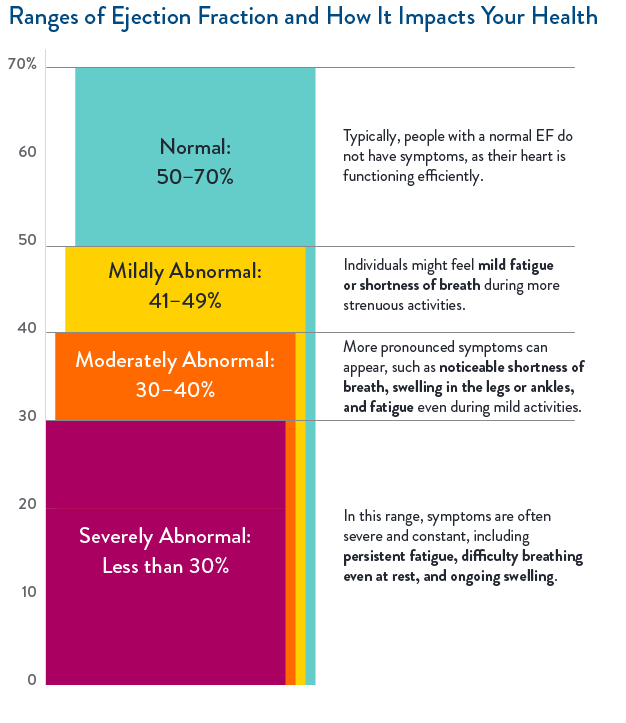EF is an important measurement used in both diagnosing and managing heart failure. It calculates the percentage (%) of blood that the left ventricle pumps out with each beat, showing how well the heart is working. Doctors track this number to see how the heart's function changes over time, adjusting treatments when needed to improve heart performance and slow down the disease's progress.
The most common way to measure EF is through an echocardiogram. This test uses sound waves to create moving pictures of the heart, showing how it beats and pumps blood. Other methods include cardiac MRI, which uses magnetic fields and radio waves to make very detailed images, and nuclear medicine scans, where a small amount of radioactive material highlights the heart's activity.1


Understanding EF helps doctors decide on the best treatment, like medications or lifestyle changes, and track how well these treatments work. Regular EF checks ensure that any necessary adjustments to the treatment can be made promptly, aiming for the best health outcomes for heart patients.
These materials are not intended to replace your doctor's advice or information. For any questions or concerns you may have regarding the medical procedures, devices and/or your personal health, please discuss these with your physicians.
MAT-2414714 v1.0
STAY CONNECTED